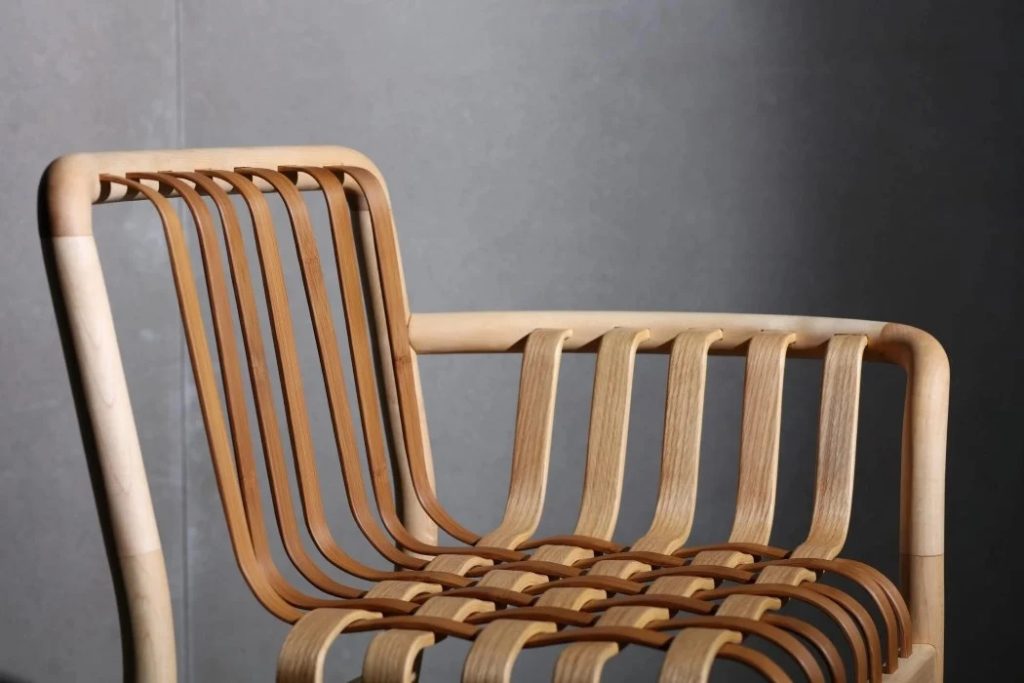Sustainability and environmental consciousness are gaining momentum, influencing the furniture industry to embrace eco-friendly practices. This article explores the growing trend of sustainable furniture, highlighting innovative materials, manufacturing techniques, and showcasing furniture examples that combine style, functionality, and environmental responsibility.
The Importance of Sustainability in Furniture Design:
Sustainability extends beyond appearance, encompassing the entire furniture lifecycle. By sourcing materials responsibly and reducing ecological impact, sustainable furniture choices make a positive difference. For example, furniture crafted from reclaimed wood from old buildings or responsibly sourced timber showcases the beauty of natural materials while minimizing environmental harm.

Innovative Materials and Manufacturing Techniques:
Designers and manufacturers are embracing alternatives to traditional materials, leading to remarkable innovations. Recycled materials like plastic, glass, and metal are transformed into durable and aesthetically pleasing components of eco-friendly designs. For instance, chairs made from recycled plastic showcase the creative potential of repurposed materials, reducing waste and promoting a circular economy.
Aesthetics, Functionality, and Environmental Responsibility:
Sustainable furniture effortlessly blends style, function, and eco-consciousness. Bamboo furniture, known for its warm hues and versatility, offers an elegant and sustainable choice. Bamboo chairs and tables demonstrate how sustainable forestry practices can create beautiful, durable, and environmentally responsible furniture pieces.

Modular furniture systems exemplify adaptability and longevity. By allowing users to reconfigure layouts according to changing needs, modular designs minimize waste and contribute to a sustainable lifestyle. For instance, modular seating arrangements can easily transform into a sofa, a sectional, or individual chairs, promoting versatility and reducing the need for frequent replacements.

The rise of sustainable and eco-friendly furniture signifies a transformative movement in the design industry. By prioritizing environmental responsibility, furniture designers create innovative pieces that harmonize aesthetics, functionality, and sustainability. Specific examples such as furniture crafted from reclaimed wood or recycled plastic chairs showcase the possibilities of green design. Let us embrace these choices and embark on a journey towards a greener future, where style and ethics unite in our living spaces.